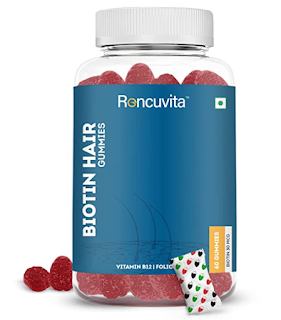What is a Japanese kitchen knife called?
What to Consider When Choosing the Best Japanese Knife Set
A delectable dinner begins with preparing fixings, generally requiring some hacking or dicing. A sharp, even, and adaptable knife set makes preparing a breeze, regardless of whether for cutting tomatoes or deboning poultry. While picking a Japanese knife set, think about the sorts of blades and their material, strength, size, weight, adaptability, and any included adornments.
Knife Types
Japanese blades arrive in a wide scope of knife types, each intended for an alternate reason. The following are a portion of the knife types you can hope to find in a set:
This bigger knife is identical to an European chef's knife and is a general-utility knife for cutting meat or vegetables. With a marginally bended cutting edge, it can cut in a hacking or shaking movement. With a marginally more modest size and more limited tip than a gyuto knife, santoku blades are another universally handy knife yet typically cut with a hacking movement. They are amazing for cutting vegetables, meat, and fish. These blades are like European slicers however regularly have a more slender edge that considers a more exact cut.
They are great for fileting or cutting meat. Meat knife is the Japanese rendition of a boning knife, planned for deboning and getting ready poultry. Ideal for cutting vegetables, these solid hacking blades have a rectangular shape with a straight edge. Their straight edge is well known for cutting vegetables and for slashing hard produce, similar to crush and melons. Another sort of vegetable knife, this customary knife type has an exceptionally dainty and sharp cutting edge for unequivocally cutting vegetables to make extremely meager or ornamental cuts. Similar to a paring cooking knife, these more modest blades are great for cutting little leafy foods and for sensitive cutting work, for example, cleaving delicate spices and produce. Most famously utilized for cutting squares of fish, this calculated knife type is frequently used to get ready sashimi and nigiri sushi since it considers perfect, smooth cuts in a long drawing movement. With a thick spine and a significant plan, these blades are utilized for gutting, fileting, and planning fish.
Quality and Durability
When looking for a Japanese knife set, there are a couple of components that can add to quality and solidness, including the tang, bleeding edge, material, and assembling measure.
Tang: High-quality blades are produced using a solitary piece of steel that stretches out into the handle for steadiness. The segment of the steel that reaches out into the handle is known as the "tang." Full-tang blades have a steel piece that broadens the whole length of the handle, while incomplete tang blades expand somewhat into the handle. An end to end length edge will in general be sturdier and more solid.
Bleeding edge: On a twofold slope sharp edge, the state of the art tightens evenly to each side. Single-slant cutting edges tighten to just one side. Single-slope edges regularly have a smaller cutting point, which assists them with making extremely exact and flimsy cuts. Numerous Western blades have a twofold slope sharp edge, while customary Japanese kitchen knife blades have a solitary incline edge. In any case, with regards to more current Japanese blades, alternatives are accessible in both twofold and single-slope edges. Twofold slant cutting edges are simpler for the normal home cook to utilize.
Material: Common materials incorporate carbon steel, treated steel, and high-carbon tempered steel. Carbon steel is a hard material that is simpler to resharpen. In any case, it is inclined to rust, stains, or chips without appropriate consideration, which includes cautiously cleaning and drying the sharp edge after each utilization. Customary Japanese blades are made of a kind of carbon steel called hagane.
Since carbon steel is more enthusiastically to keep up with, current private blades are frequently produced using different prepares. Hardened steel is a simple to-keep up with sharp edge material that is rust-and stain-safe.
For more details:- Chef knife set professional




Comments
Post a Comment